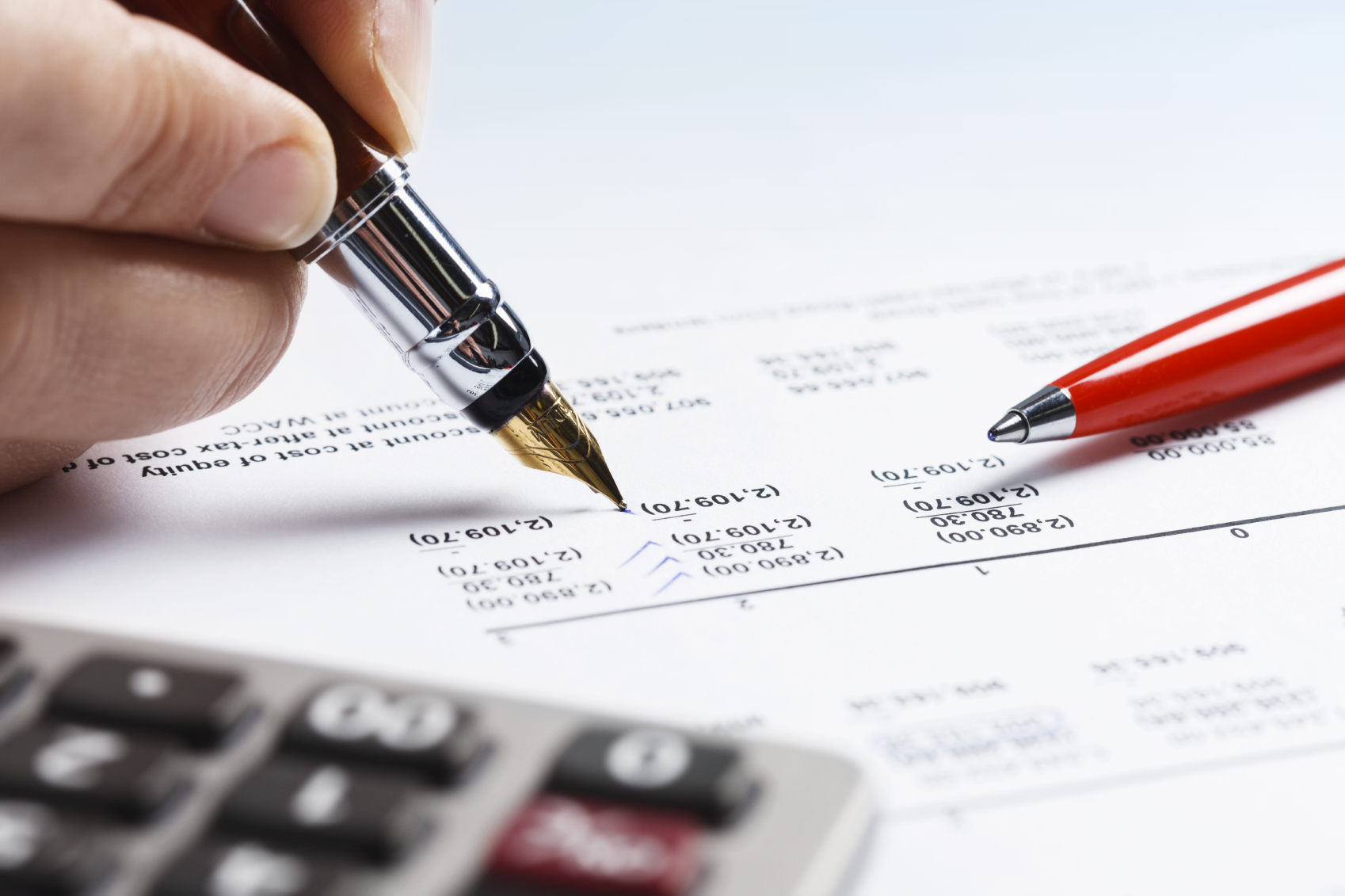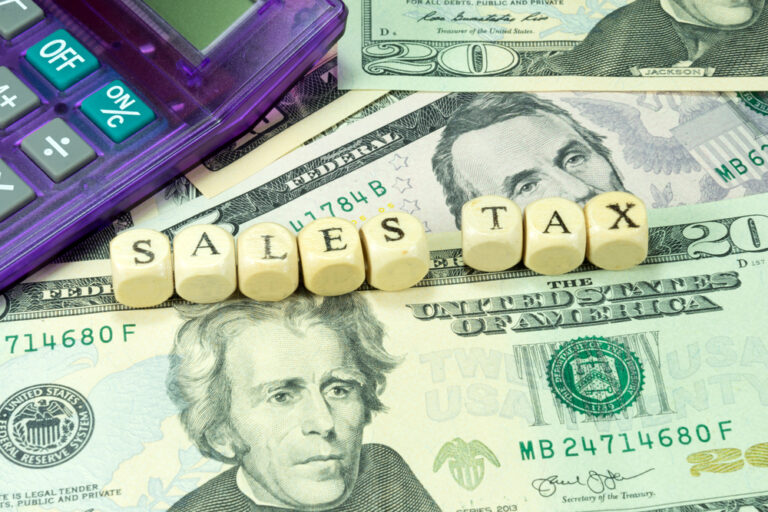
Buried somewhere between ending slavery and ensuring a woman’s right to vote is one of the most overlooked amendments to our constitution: the 16th. That would be the one that created the instrument by which the federal government has funded everything from the Manhattan Project to the Hoover Dam — the income tax.
And the income tax has had a long history, with the highest marginal rate oscillating up and down depending on the party that was in power at the time or what crisis the country had been facing. At times the “tax the rich” approach has taken hold, while at others the rich have managed to buck paying higher tax rates and cut the top rate significantly.
The end result has been a top tax bracket that has ranged from under 10% to over 90% since its inception, and examining how it rises and falls across different eras can be a fascinating filter through which to view our nation’s history.





2 thoughts on “Then and Now: The Top Tax Rates Over the Last Century”
Property taxes are illegal, because the property owner has to carry the expenses of the more numerous none property owners. Taxes should apply equally to all Americans.
It does. Cecelia, don’t you imagine that the property owners, by way of their financial advisors,are accounting for property taxes in the rents charged to their tenants? That would include commercial property, certainly. It simply makes sense to pass some of that on, since it’s a cost of doing business. Being a renter doesn’t indicate a lack of intelligence. I’m sure it’s also something your restrauranteur, jewelry store, furniture store, or other favorite place, consider when first deciding on pricing for goods and services.